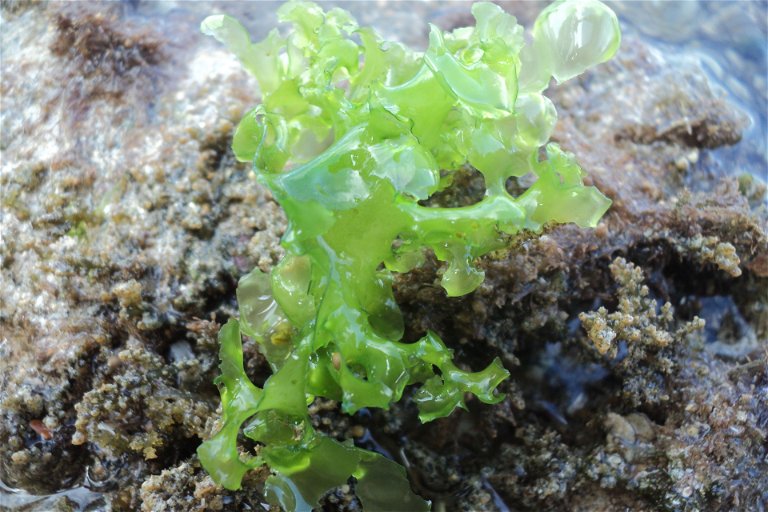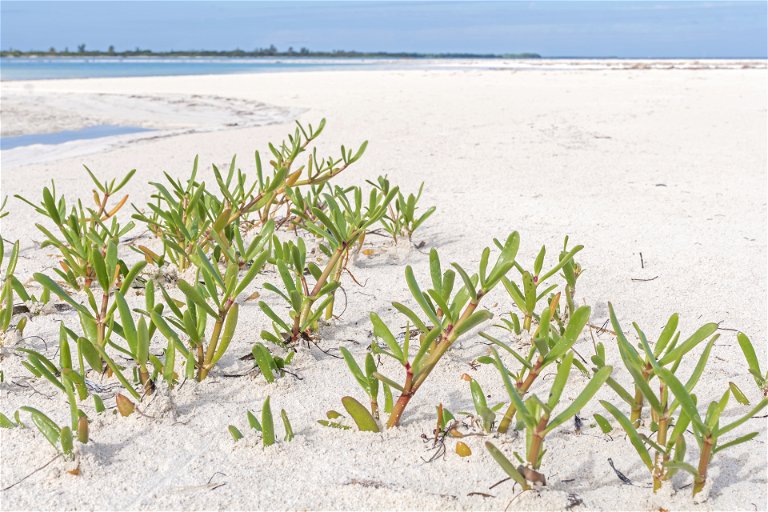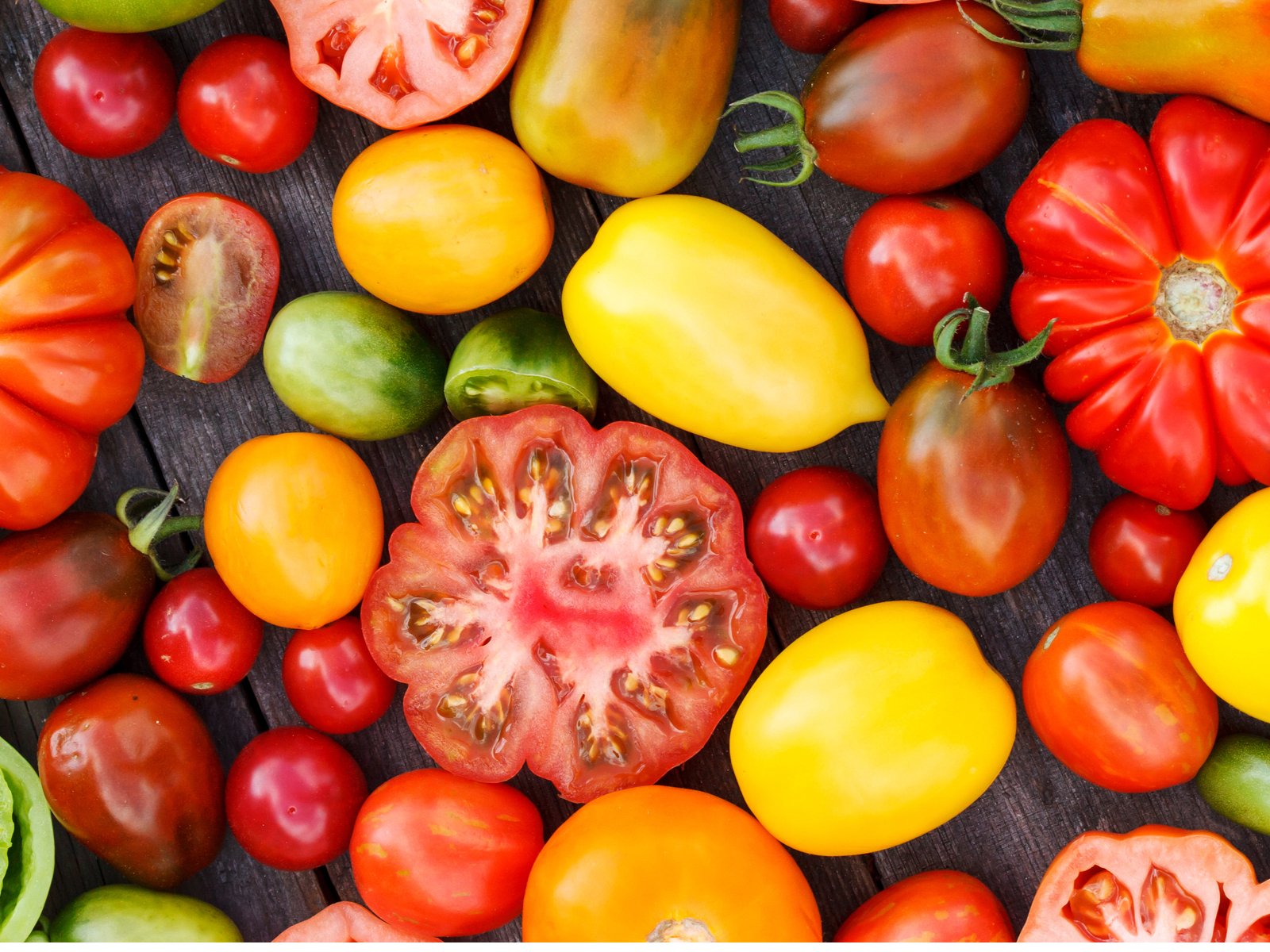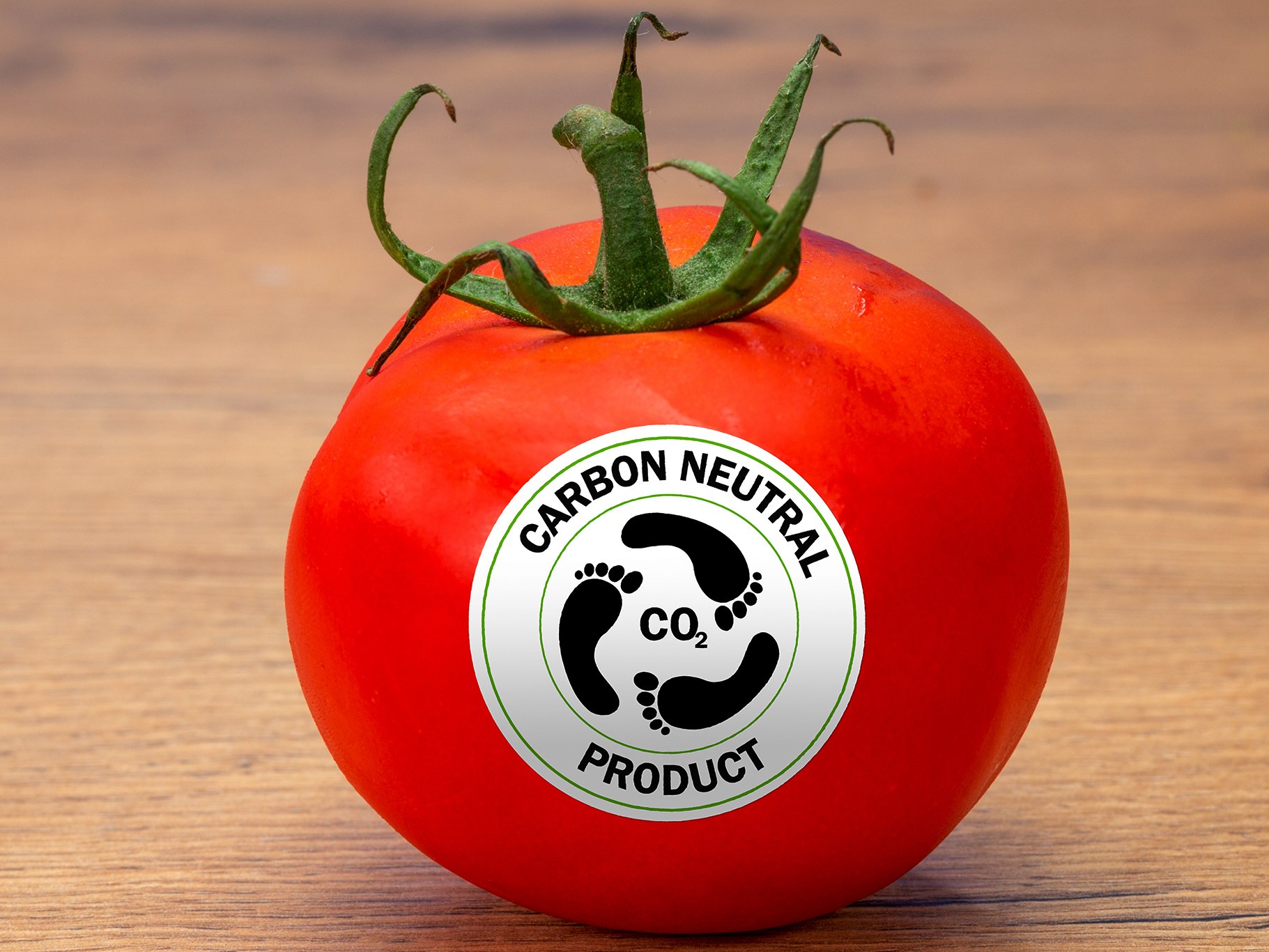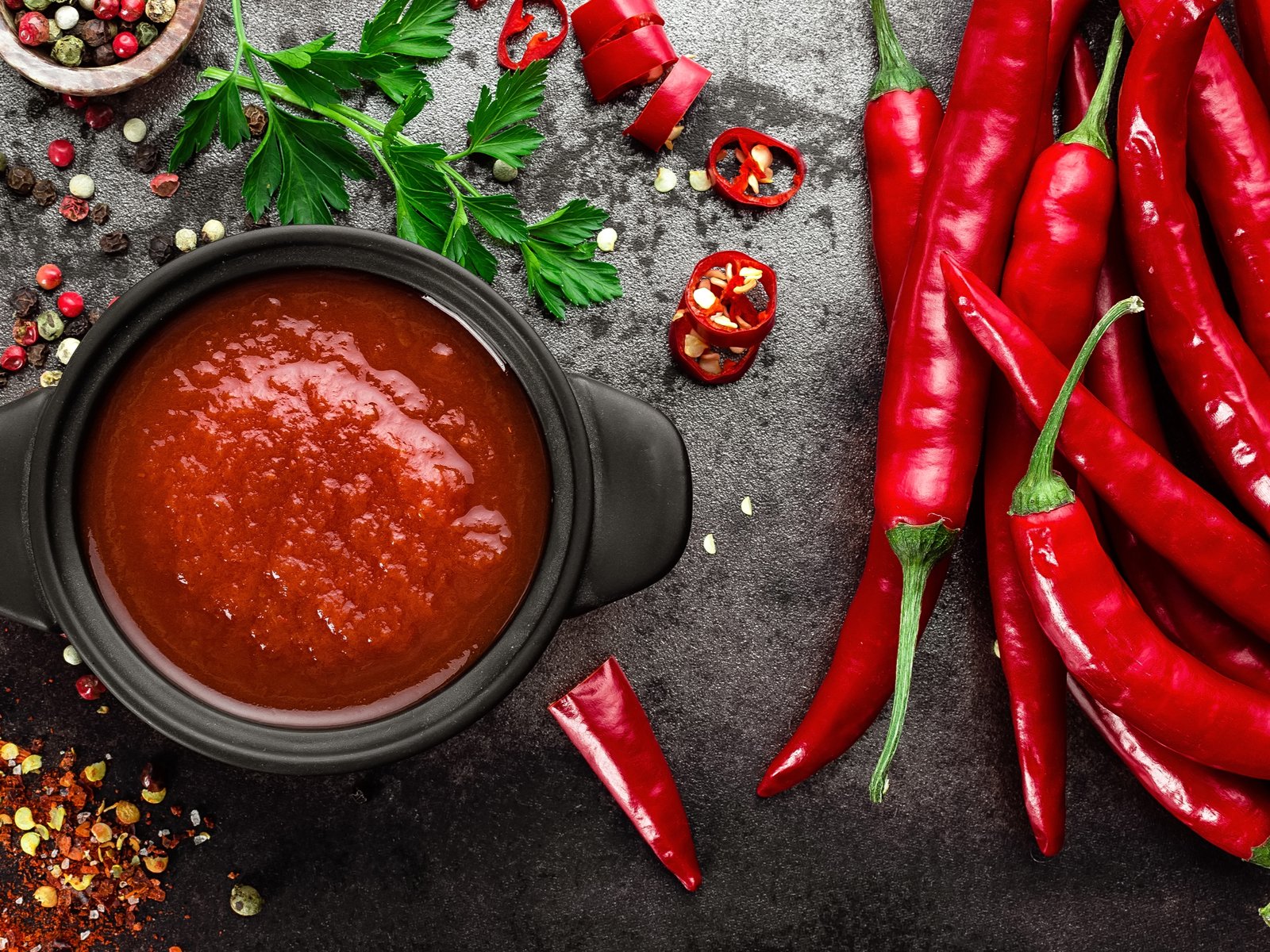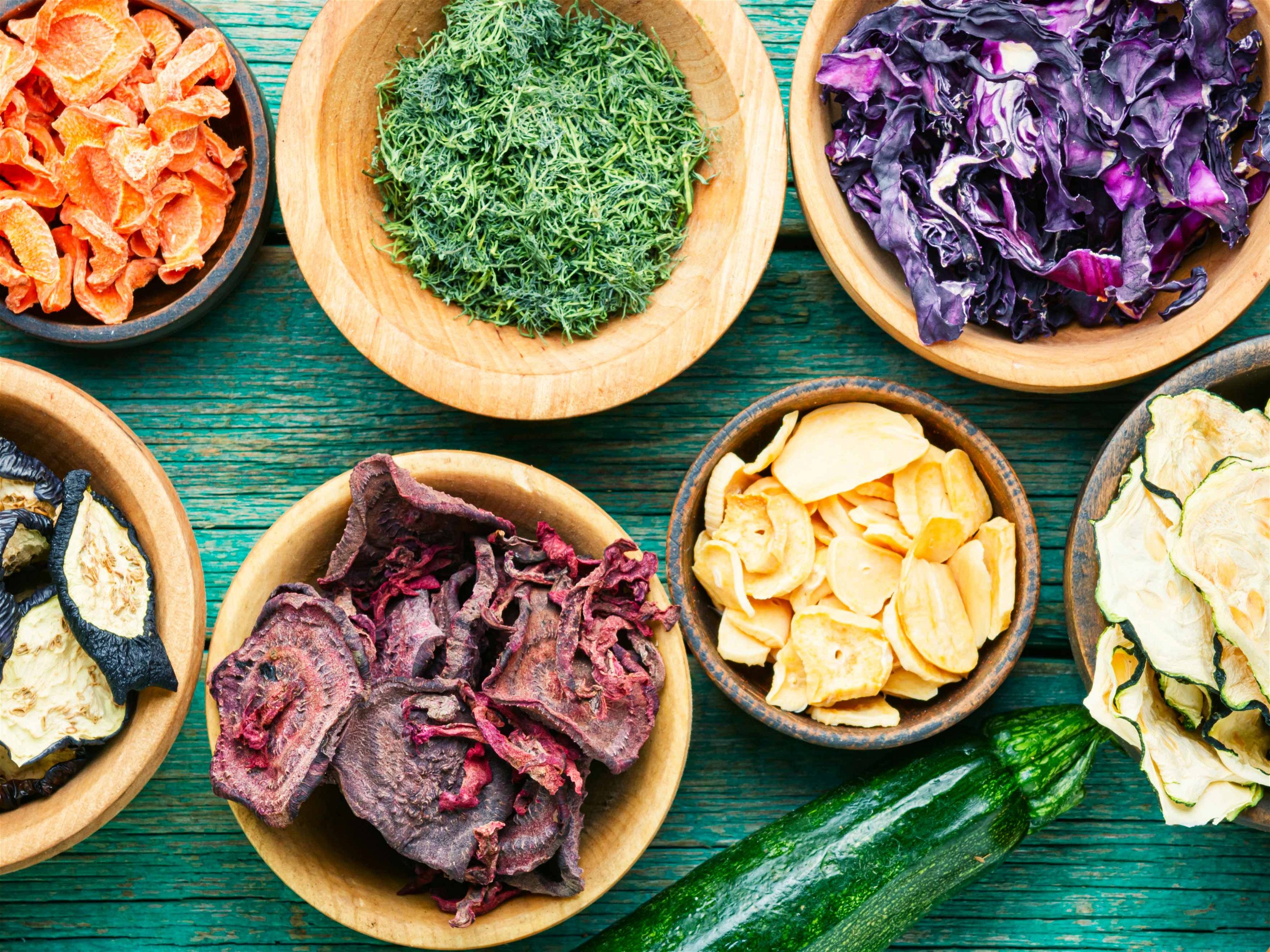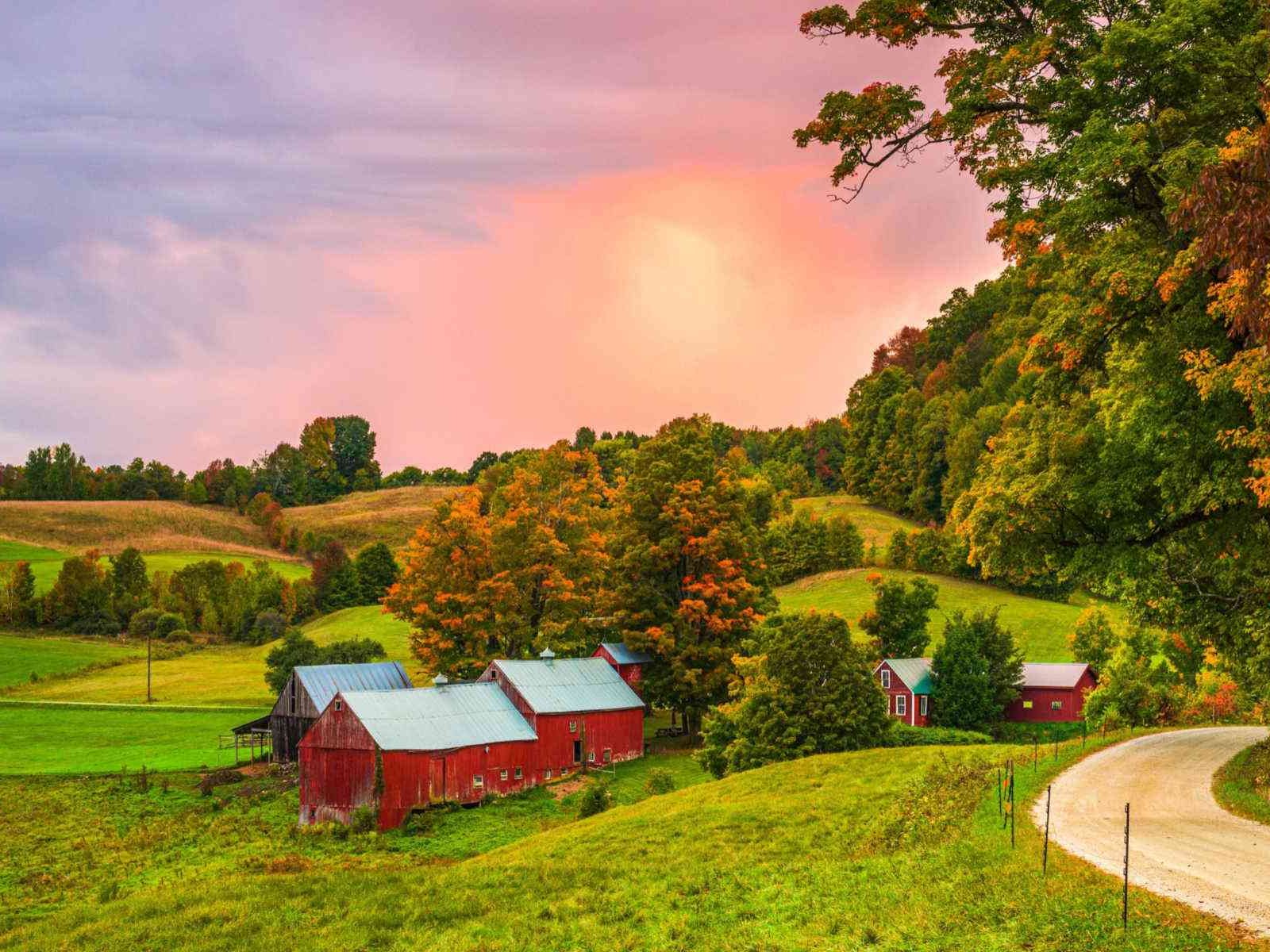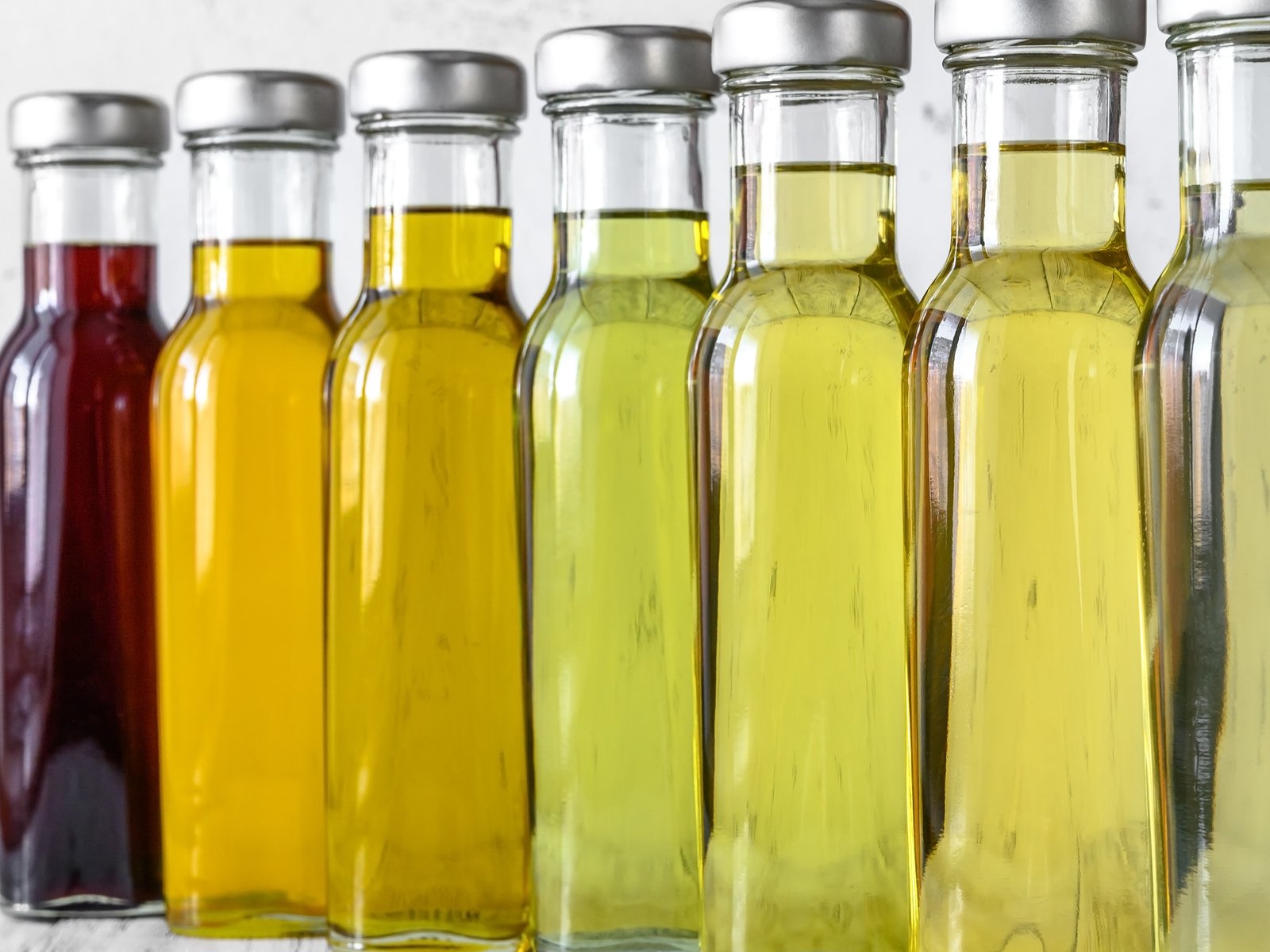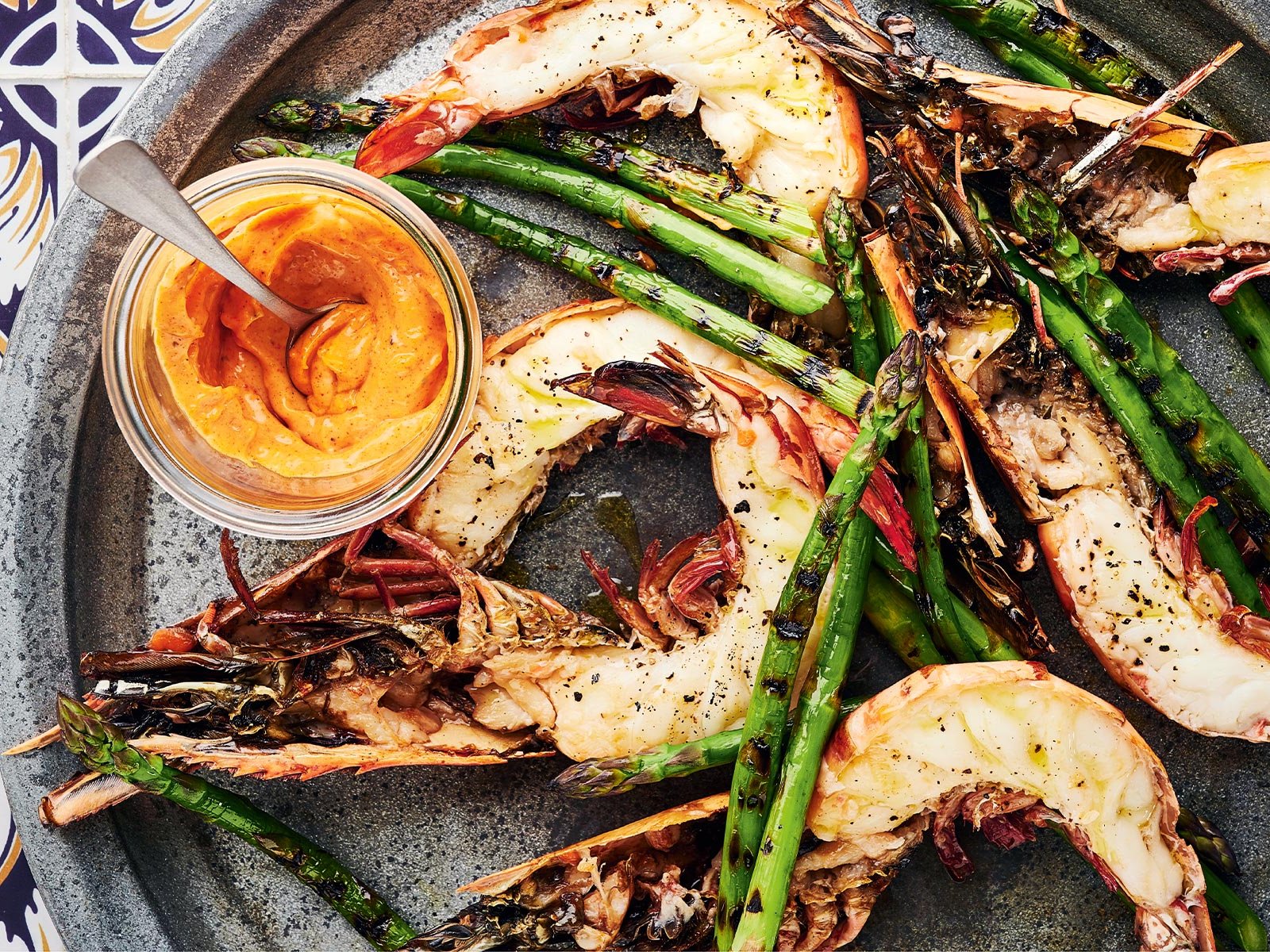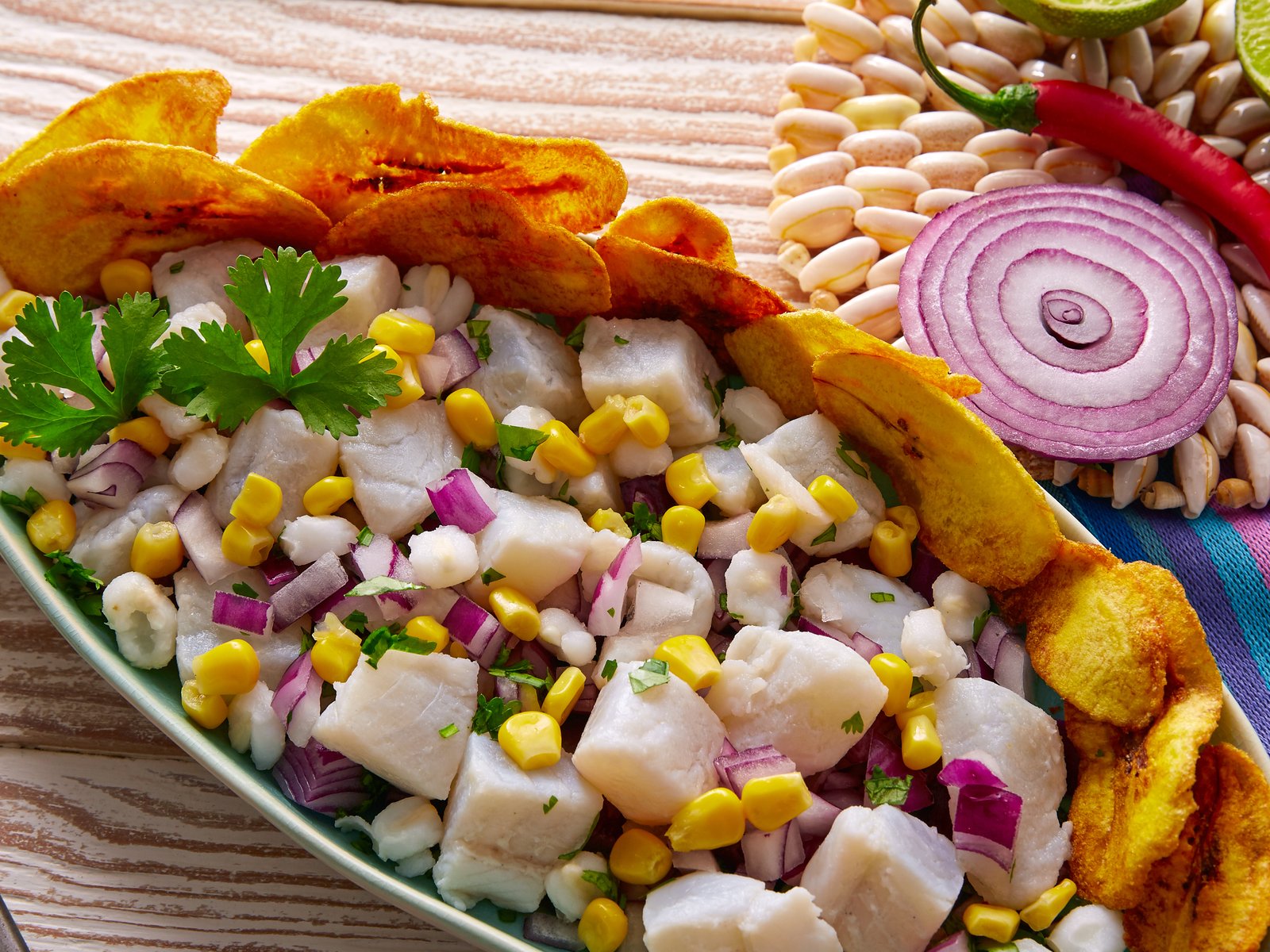Eight Top Sea Vegetables to Savour
The trend of sourcing leafy greens from the sea as well as the soil is here to stay. Find out which seaweeds you need to get to grips with.
The trend of sourcing leafy greens from the sea as well as the soil is here to stay. Knowing your seaweeds is becoming increasingly important whether you want to read a restaurant menu or throw a few items in your shopping trolley. From pepper dulse to sea spaghetti, there’s also a growing body of research that suggests farming seaweed will have a vital role to play in the fight against climate change.
Ocean farming of seaweeds has an ever greater role to play as part of a more sustainable future as micronutrients in soils continue to decline. In contrast, sea vegetables are full of vitamins and minerals and can capture up to five times more carbon than land-based plants. In fact, seaweed is known to sequester more CO2 than it produces, it is plentiful and replenishes easily. What is more, seaweed farming has a low carbon footprint and uses no fresh water or fertiliser, and it can create protective habitats that encourage biodiversity of marine life.
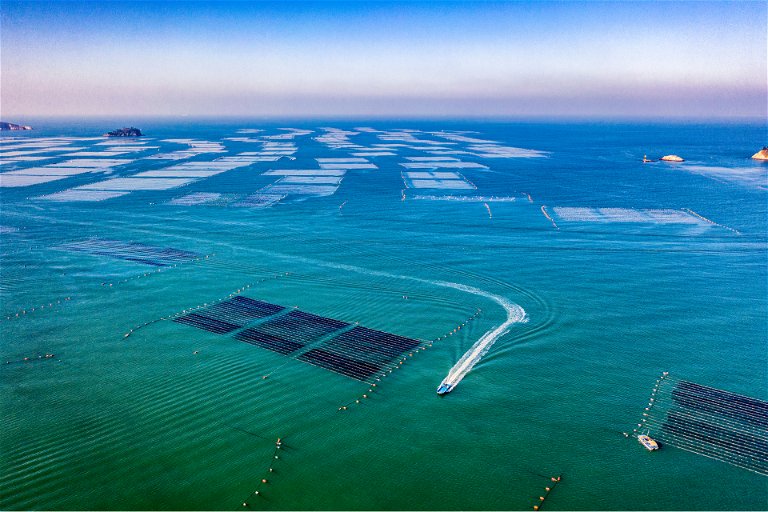
Kombu
This slippery sea vegetable has been described as having a briny, mushroom-like umami flavour. It has a tougher texture than many other seaweeds. Kombu is best known for being a staple ingredient in the Japanese stock, dashi. It can be used to enhance stews and be pickled, dried or eaten fresh in a salad.
Wakame or Sea Mustard
Wakame has a silky, smooth texture and umami flavour tempered with sweetness. It is best known as an essential ingredient in miso soup. Wakame has a delicate texture so it is good mixed with other ingredients that have more crunch. Wakame is typically sold in a dehydrated form and simply needs soaking in water for 15 minutes before use. It keeps for a very long time and is great scattered over salads and dips.
Nori
A red species of algae that is the most consumed seaweed in the world: around 2,900,000 tonnes are harvested each year. Nori, with its musky, smoky taste, is best known for holding sushi rolls together. It grows in coastal areas around Japan and Britain. Sold in crisp sheets, either plain or toasted, it makes a good garnish for soups and salads and is also a tasty addition to a sour cream based dip.
Carrageen Moss or Irish Moss
A tree-like plant with tiny branches, Irish Moss grows wild on the shores of the Atlantic in Europe and North America in shades of purple, red, green, yellow and brown. It is often described as having a briny, earthy seafood taste similar to oysters or clams and sometimes used in health enhancing smoothies. Its derivative, carrageenan, is widely used as a thickener in the food industry. And it is finding ever more uses as a vegan gelling agent.
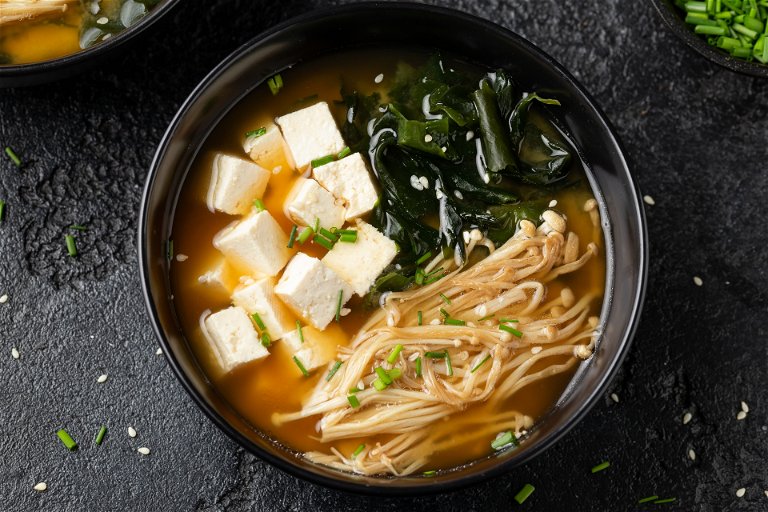
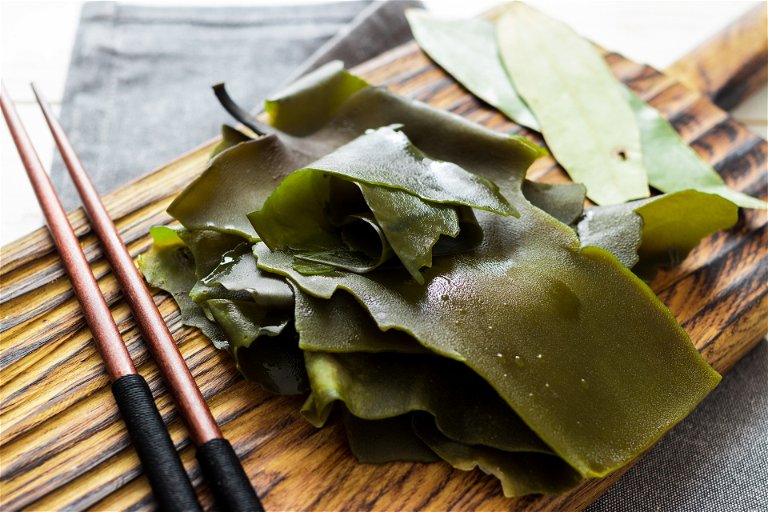
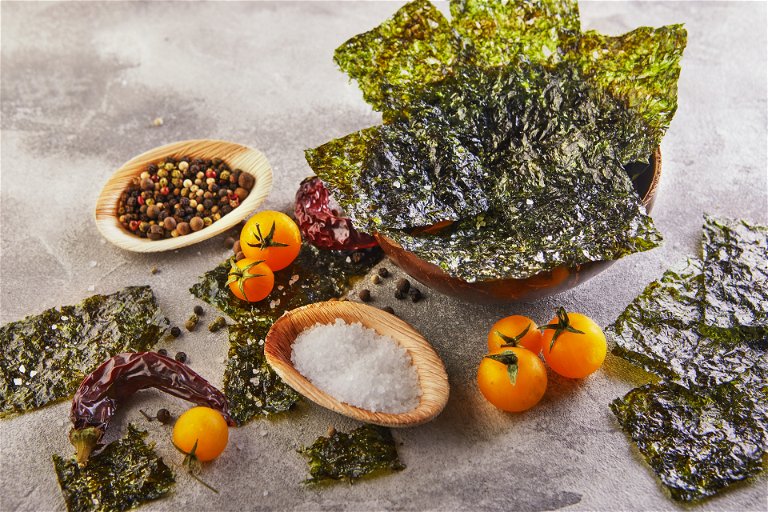

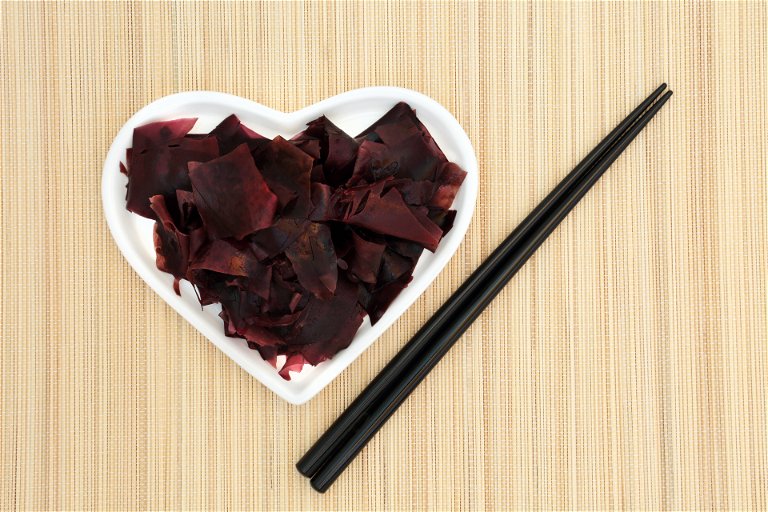
Dulse
Dulse is a species of red algae that forms dense clumps. When raw, dulse is firm and crunchy with notes of iodine, hazelnut and shellfish, and even sometimes bacon. It is often used as ‘vegan bacon’ in a so-called “DLT”. Dulse can be cooked and the leafy seaweed texture becomes smooth and buttery when added to soups and stews.
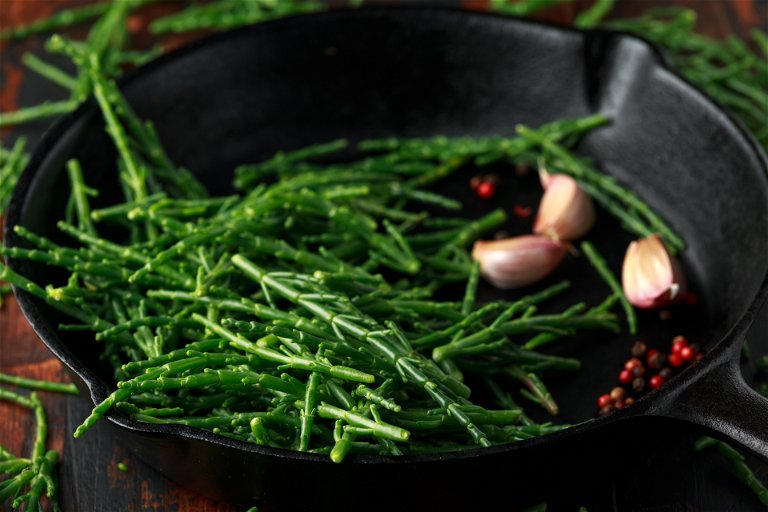
Samphire
A succulent that grows in salty tidal pools, and is not strictly a seaweed but a plant found in the intertidal zones of the beach. Its sappy green stalks are crisp and crunchy. It can be eaten raw or cooked with garlic and lemon or pickled. Its peak season in the UK is summer.
Sea Purslane
Found along the south coast of Britain, the leaves of sea purslane are the edible part. They are green, plump and fleshy with a fairly intense, salty taste. They are best blanched briefly in butter and seasoned with black pepper and lemon juice. Sea purslane’s flavours are a great match for fish dishes.
Sea Lettuce
Crunchy and briny, with a deep cucumber-umami flavour, sea lettuce is often used as the salad component in a poke bowl or sprinkled onto soups, stews and salads. Dehydrated sea lettuce simply needs to be soaked for 15 minutes in warm water before use.
